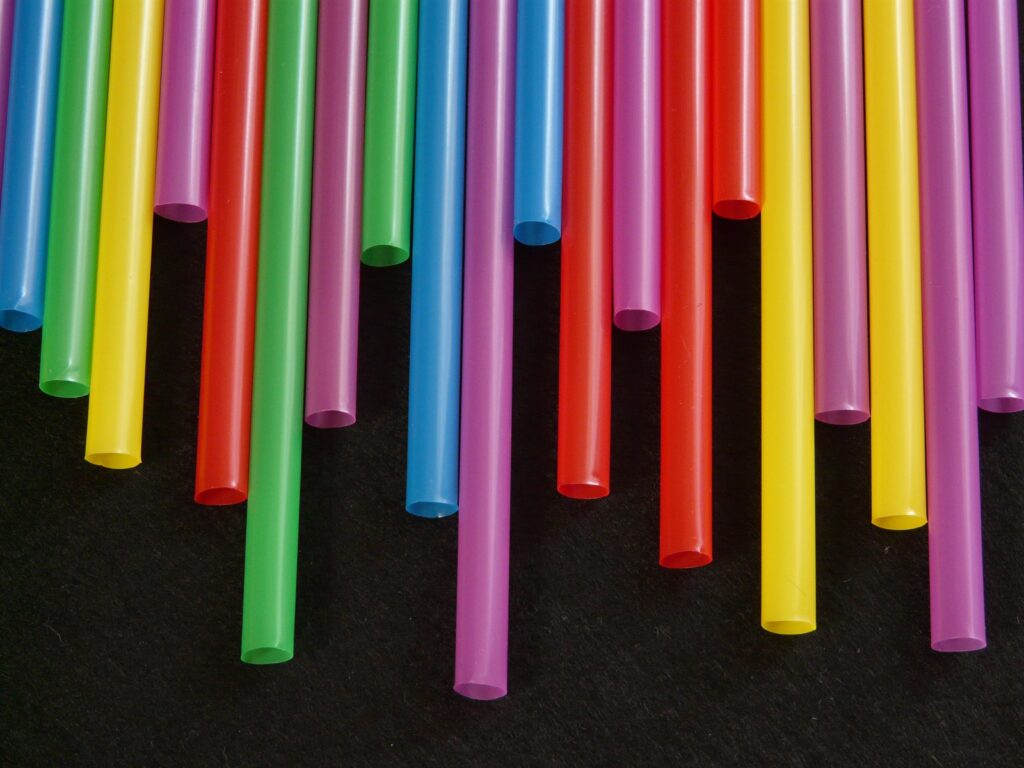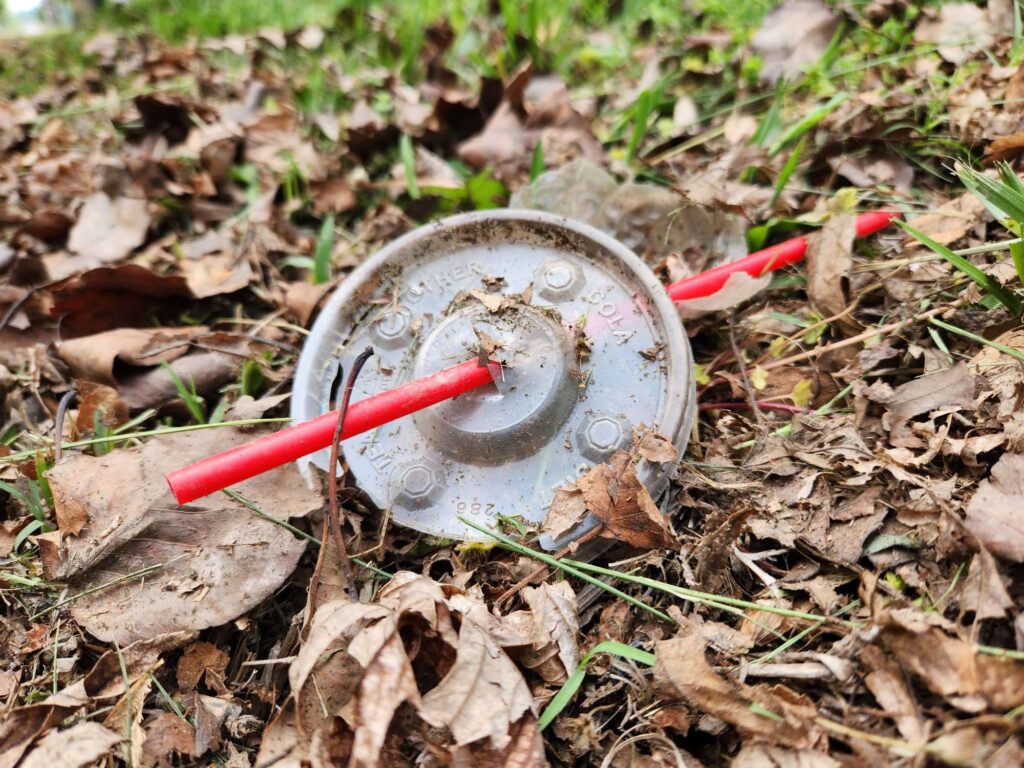Introduction to PLA Straws and Their Environmental Claims
Polylactic Acid (PLA) straws have emerged as a popular alternative to traditional plastic straws, which are known for their detrimental impact on the environment. PLA straws are often marketed as eco-friendly and biodegradable, promising a greener solution to the global plastic problem. They are derived from renewable resources like corn starch or sugar cane, unlike traditional plastic straws that are made from petroleum. This makes PLA straws seem like a more sustainable choice, contributing to their growing popularity in recent years. But are PLA straws bad for the environment?
However, the environmental claims of PLA straws have been a subject of debate among environmentalists and scientists. While it is true that PLA straws are made from renewable resources, questions have been raised about the environmental impact of their production, usage, and disposal. Some argue that the process of producing PLA straws can be energy-intensive and may contribute to greenhouse gas emissions. There are also concerns about the biodegradability of PLA straws, as they require specific conditions to decompose effectively.
The marketing of PLA straws as an eco-friendly alternative has led to a surge in their usage across the globe. However, it is crucial to examine these claims critically and understand the full environmental impact of PLA straws. This article aims to delve into the details of PLA straws, from their production to their disposal, to determine whether they are truly a greener alternative or just another environmental hazard.
Understanding What PLA (Polylactic Acid) Is
Polylactic Acid, commonly known as PLA, is a type of bioplastic derived from renewable resources such as corn starch, tapioca roots, or sugarcane. Unlike traditional plastics, which are made from petroleum, PLA is made from organic materials, making it a popular choice for those seeking to reduce their reliance on fossil fuels.
PLA is often marketed as a more environmentally friendly alternative to traditional plastics due to its plant-based origins. It is used in a variety of applications, including packaging, disposable cutlery, and, notably, drinking straws. PLA straws have gained popularity in recent years as businesses and consumers alike seek to reduce their environmental impact.
However, while PLA is derived from renewable resources, this does not automatically make it eco-friendly. The process of producing PLA involves the fermentation and distillation of plant sugars, which can be energy-intensive and produce greenhouse gases. Furthermore, while PLA is technically biodegradable, it requires specific conditions to break down effectively, which are not always present in typical disposal facilities.
In addition, the cultivation of crops for PLA production can also have environmental implications. Large-scale farming operations can contribute to deforestation, habitat destruction, and soil degradation. They can also require significant amounts of water and fertilizers, which can lead to water pollution.
Therefore, while PLA straws may seem like a green alternative at first glance, it’s important to consider the entire lifecycle of the product, from production to disposal. Only by doing so can we truly understand the environmental impact of PLA and make informed decisions about its use.
The Production Process of PLA Straws
The production process of PLA straws is a critical aspect to consider when evaluating their environmental impact. PLA, or Polylactic Acid, is a type of bioplastic derived from renewable resources such as corn starch or sugar cane. The process begins with the fermentation of plant sugars to produce lactic acid, which is then polymerized to create PLA. This bioplastic is then used to manufacture various products, including straws.
However, it’s important to note that while the raw materials for PLA are renewable, the production process itself can be energy-intensive and generate significant greenhouse gas emissions. This is due to the need for high temperatures and pressures during the polymerization process. Additionally, the cultivation of crops for PLA production can contribute to deforestation and biodiversity loss, as well as the overuse of water and fertilizers.
In contrast, companies like KonzaWare are exploring more sustainable alternatives for straw production. KonzaWare straws are made from sustainable wood pulp. This material is not only renewable but also requires less energy to process compared to PLA.
In conclusion, while PLA straws are often marketed as an eco-friendly alternative to traditional plastic, their production process can still have significant environmental impacts. On the other hand, straws made from sustainable wood pulp, like those from KonzaWare, offer a more environmentally friendly option. However, it’s crucial to consider the entire lifecycle of these products, from production to disposal, to make a truly informed decision about their environmental impact.
The Environmental Impact of PLA Straw Production
The production process of PLA straws is often touted as being more environmentally friendly than that of traditional plastic straws. However, it’s important to delve deeper into this claim to understand the true environmental impact.
PLA is derived from renewable resources, such as corn starch or sugar cane, which is a significant advantage over petroleum-based plastics. However, the cultivation of these crops for PLA production can lead to deforestation and habitat destruction. Moreover, these crops require substantial amounts of water and fertilizers, which can contribute to water pollution and soil degradation.
The process of converting these crops into PLA also has environmental implications. It involves the fermentation and distillation of the crops to produce lactic acid, which is then polymerized to create PLA. This process is energy-intensive and releases carbon dioxide, a greenhouse gas that contributes to global warming.
Furthermore, the production of PLA straws often involves the use of toxic chemicals. For instance, the polymerization process requires the use of metal catalysts, which can be harmful if released into the environment.
In terms of waste, the production of PLA straws generates less waste compared to traditional plastic straws. However, the waste that is produced is often difficult to manage. PLA waste is not suitable for traditional recycling facilities and requires industrial composting facilities, which are not widely available.
In conclusion, while the production of PLA straws has some environmental advantages over traditional plastic straws, it is not without its environmental impacts. These include the potential for habitat destruction, water pollution, soil degradation, energy consumption, greenhouse gas emissions, and the use of toxic chemicals. Therefore, it’s crucial to consider these factors when evaluating the overall environmental impact of PLA straws.
The Disposal of PLA Straws: Biodegradable or Not?
One of the main selling points of PLA straws is their supposed biodegradability. However, the reality of their disposal is more complex than it initially appears. While it’s true that PLA straws are technically biodegradable, this process doesn’t occur naturally in most environments. Instead, it requires specific industrial composting conditions, including high temperatures and the presence of certain microorganisms, to break down effectively.
In a typical landfill, these conditions are not met. As a result, PLA straws can take hundreds of years to decompose, much like traditional plastic straws. Furthermore, if PLA straws are not disposed of correctly, they can end up in the ocean, where they pose a threat to marine life.
In contrast, consider KonzaWare straws, which are made from sustainable wood pulp. These straws are not only biodegradable but also compostable in a home composting system. This means they can break down naturally in a backyard compost pile, without the need for industrial composting facilities.
Moreover, the production of KonzaWare straws involves using a renewable resource – trees from sustainably managed forests. This is a stark contrast to the production of PLA straws, which relies on the cultivation of genetically modified corn, a process that can contribute to deforestation and biodiversity loss.
In conclusion, while PLA straws are marketed as an eco-friendly alternative to traditional plastic straws, their disposal process raises significant environmental concerns. On the other hand, straws made from sustainable materials like wood pulp, such as KonzaWare straws, offer a more genuinely eco-friendly solution.
Comparing PLA Straws to Traditional Plastic Straws
Polylactic Acid (PLA) straws are often touted as a greener alternative to traditional plastic straws, but how do they truly compare? To answer this, we need to consider several factors, including the production process, usage, and disposal of both types of straws.
In terms of production, PLA straws are made from renewable resources like corn starch or sugar cane, unlike traditional plastic straws that are derived from non-renewable petroleum. This gives PLA straws an edge as they contribute less to the depletion of finite resources. However, the production of PLA straws is energy-intensive and releases a significant amount of greenhouse gases, which is a major concern for climate change.
When it comes to usage, both PLA and traditional plastic straws serve the same purpose. However, PLA straws are often perceived as more eco-friendly due to their plant-based origin. It’s important to note, though, that PLA straws are not without their issues. They can warp or melt at high temperatures, making them less versatile than their plastic counterparts.
The disposal of these straws is where the real difference lies. Traditional plastic straws take hundreds of years to decompose, littering landscapes and harming wildlife. PLA straws, on the other hand, are marketed as biodegradable. However, they require specific industrial composting conditions to break down properly, which are not available in most places. If not disposed of correctly, PLA straws can act just like traditional plastic, persisting in the environment and causing harm.
In conclusion, while PLA straws have some environmental advantages over traditional plastic straws, they are not a perfect solution. Both types of straws have significant environmental impacts, highlighting the need for more sustainable alternatives and better waste management practices.

The Role of PLA Straws in the Global Plastic Problem
The global plastic problem is a pressing environmental issue that has been escalating over the years. The world produces over 300 million tons of plastic each year, a significant portion of which ends up in our oceans, causing harm to marine life and ecosystems. In this context, PLA straws have been marketed as a solution to this problem, but their role in mitigating the plastic crisis is debatable.
PLA straws, while derived from renewable resources like corn starch or sugar cane, are not a perfect solution. They are often touted as biodegradable, but this is misleading. In reality, PLA straws require specific industrial composting conditions to break down completely. They need high temperatures, specific humidity levels, and particular bacteria, conditions that are not typically found in the natural environment or even in most home composting systems. If not disposed of correctly, PLA straws can take hundreds of years to decompose, much like traditional plastic straws.
Furthermore, the production of PLA straws is energy-intensive and contributes to greenhouse gas emissions. While it’s true that the carbon footprint of PLA straws is lower than that of traditional plastic straws, it’s still significant. The process of growing the crops needed for PLA, manufacturing the straws, and then composting them under specific conditions all require energy and resources.
In conclusion, while PLA straws may seem like a step in the right direction, they are not the ultimate solution to the global plastic problem. They still contribute to environmental pollution and resource depletion, albeit to a lesser extent than traditional plastic straws. It’s crucial to consider other, more sustainable alternatives and to reduce our overall consumption of single-use items.

Alternatives to PLA Straws: Other Eco-Friendly Options
As we delve into the environmental impact of PLA straws, it’s important to consider other eco-friendly alternatives that may be more sustainable. One such alternative is paper straws. These straws are made from renewable resources and are fully compostable in a home composting system. However, they can become soggy if left in a drink for too long, which can be a drawback for some users.
Another alternative is straws made from natural materials like bamboo or wheat stems. These straws are reusable, biodegradable, and compostable. Bamboo straws, for instance, are durable and can be used for years if properly cared for. Wheat straws, on the other hand, are single-use but can be composted after use.
Metal straws, usually made from stainless steel or copper, are another eco-friendly option. They are reusable and long-lasting, making them a good investment. However, they are not biodegradable and need to be recycled at the end of their life.
Glass straws are also a sustainable choice. They are reusable, easy to clean, and can last a lifetime if handled with care. Like metal straws, they are not biodegradable but can be recycled.
Silicone straws are flexible, durable, and can be used for both hot and cold drinks. They are also reusable and can be cleaned in the dishwasher. However, like metal and glass straws, they are not biodegradable.
KonzaWare home compostable straws are made of sustainable wood pulp. They can be discarded in your backyard compost where they will disintegrate in weeks leaving no remaining microplastics. As they disintegrate, they create healthy soil for plant life.
In conclusion, while PLA straws may seem like a good eco-friendly option, there are other alternatives that may be more sustainable in the long run. The choice of straw will depend on individual preferences and needs, as well as the environmental impact one is willing to accept.
Conclusion: The Verdict on PLA Straws and Their Environmental Impact
The environmental impact of PLA straws is a complex issue. While they are marketed as eco-friendly and biodegradable, the reality is not as straightforward. The production process of PLA straws involves the use of corn, a resource-intensive crop, and the straws themselves require specific conditions to biodegrade effectively. In a landfill, where most end up, these conditions are not met, leading to PLA straws behaving much like traditional plastic straws.
However, it’s important to note that PLA straws still have a lower carbon footprint than their petroleum-based counterparts. They represent a step in the right direction, but they are not the ultimate solution to the global plastic problem.
This brings us to alternatives like KonzaWare straws. Made from sustainable wood pulp, these straws offer a more environmentally friendly option. The production process of KonzaWare straws is less resource-intensive, and they biodegrade more readily in a wider range of conditions. Unlike PLA straws, they do not require industrial composting facilities to break down effectively. They can break down in your backyard compost to create healthy soil for plant life.
In conclusion, while PLA straws are a better choice than traditional plastic straws, they are not without their environmental drawbacks. Alternatives like KonzaWare straws, made from sustainable wood pulp, offer a more eco-friendly solution. As consumers, it’s crucial to stay informed about the products we use and their impact on the environment. Only then can we make choices that truly contribute to a more sustainable future.


